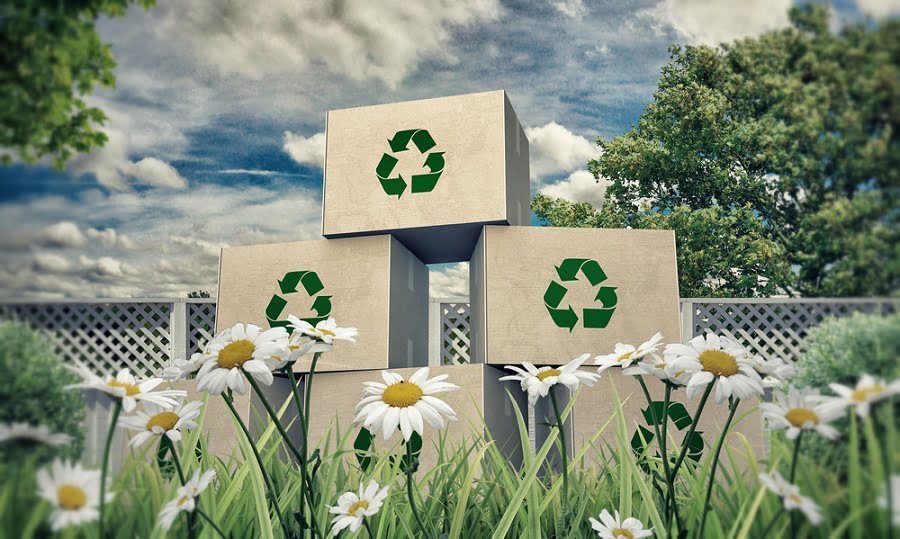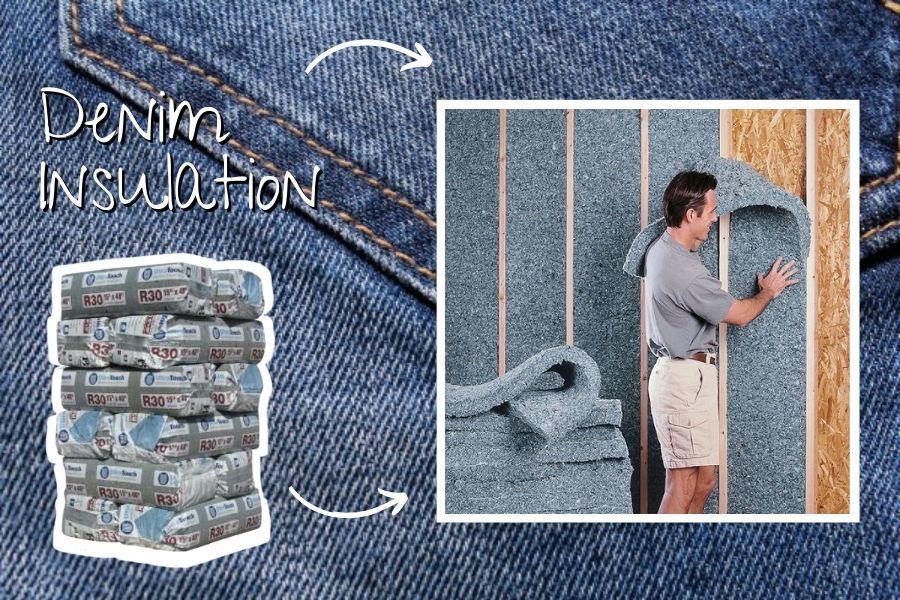Last updated on
Discover practical steps for recycling deodorant containers and understanding the materials they’re made of for effective waste management.
Key takeaways:
- Check the container for the recycling symbol and consult local guidelines
- Consider the type of deodorant packaging and disassemble multi-material packages
- Rinse and clean the container before recycling
- Plastic deodorant tubes go through sorting, cleaning, shredding, melting, and repurposing
- Reduce use of non-recyclable containers by switching to refillable, cardboard packaging, or homemade options
Can I Recycle My Deodorant Tubes?
Determining whether your deodorant tubes are recyclable hinges on the materials they are comprised of. Typically, deodorant containers might be made from various plastics or a combination of plastic and metal components.
Here’s what you should consider:
- Check the container for the recycling symbol. This symbol usually includes a number which indicates the type of plastic used. Some recycling programs accept plastics #1 and #2, while higher numbers can be more challenging to recycle.
- Consider the type of deodorant packaging. Aerosol cans are often recyclable as metal, provided they’re completely empty. Roll-on deodorant bottles that are purely plastic may also be recyclable if they do not contain metal parts.
- Disassemble multi-material packages. If your deodorant container has multiple materials, separate them for appropriate recycling, but only if your local program can process each material.
- Rinse and clean. Remove any deodorant residue before placing the container in your recycling bin to avoid contamination. This step is crucial for maintaining the quality of the recyclable material.
- Consult local guidelines. Recycling protocols vary by location, so it’s essential to check with your municipality’s waste management service to understand their specific rules and restrictions.
Being informed about the recyclability of your deodorant tubes can make a significant difference in your environmental footprint. With proper attention and effort, you have the potential to keep these containers out of landfills.
How Are Deodorant Tubes Recycled?
The recycling process for deodorant tubes varies depending on the materials they are made from. Plastic tubes are typically sorted by their recycling codes, often denoted by a number within the recycling triangle symbol located on the packaging. Tubes made of #1 PET or #2 HDPE plastics have the best chance of being recycled curbside, as these are commonly accepted by recycling programs.
Once collected, these plastics undergo several steps:
- Sorting: Tubes are separated from other recyclables at a materials recovery facility (MRF). Advanced sorting lines use mechanical processes and manual labor to ensure purity of materials.
- Cleaning: Residual deodorant is removed, and containers are cleaned to avoid contamination.
- Shredding: Tubes are then shredded into smaller pieces, which makes it easier to process and remold the plastic.
- Melting: The shreds are melted down and then reformed into pellets or granules, which serve as raw material for new plastic products.
- Repurposing: These pellets are sold to manufacturers to create new items, which can range from plastic lumber to fabric for clothing.
In cases where deodorant tubes contain metal parts, or are made of materials not accepted curbside, special recycling programs – often sponsored by manufacturers or dedicated recycling companies – are necessary to ensure that these materials do not end up in landfill. These programs typically involve sending the deodorant tubes to specialized facilities where the different materials are separated and processed accordingly.
Ways to Reduce Use of Non-Recyclable Deodorant Containers
Reducing our reliance on non-recyclable deodorant containers can significantly lower our environmental footprint. Opting for alternatives that favor sustainability is not just good for the planet but can be healthier for you, too.
Here are some practical steps:
- Switch to refillable deodorant sticks: Many brands now offer deodorant sticks with reusable containers. After finishing the product, you only need to purchase the refill, which uses less plastic.
- Choose cardboard packaging: Cardboard is widely recyclable and biodegradable. Some companies have started packaging their deodorants in fully compostable cardboard tubes.
- Try deodorant creams: Deodorant creams often come in glass or metal containers that are easier to recycle or reuse.
- Make your own: With a few natural ingredients, you can create effective deodorants at home and store them in containers you already have.
- Support zero-waste options: A growing number of brands are adopting zero-waste initiatives, offering deodorants in recyclable packaging or even no packaging at all.
Remember, each sustainable choice you make leads to larger cumulative effects in conservation efforts.
Special Programs for Deodorant Recycling
Plenty of mainstream recycling programs don’t accept deodorant containers due to their mix of materials. However, special recycling initiatives have emerged to tackle this challenge. TerraCycle, a company specializing in hard-to-recycle materials, offers a national recycling program for deodorant tubes and caps. Participating in the program is straightforward:
- Sign up for the program on TerraCycle’s website and collect a significant number of empty deodorant containers.
- Once you’ve amassed a full box, print a free shipping label from TerraCycle’s site.
- Ship your box to TerraCycle for processing, where the materials will be separated and repurposed.
Additionally, some eco-conscious brands have their own take-back schemes. They encourage customers to return empty containers either by mail or at designated drop-off points, often in exchange for a discount on future purchases. This closed-loop system not only ensures the proper disposal and recycling of these products but also fosters brand loyalty and a shared commitment to sustainability.
Environmental Considerations for Zero Waste Deodorant
Shifting towards zero waste deodorant options not only minimizes landfill contributions but also cuts down on the resources used for production and transportation of traditional deodorant containers. Consider the following points to understand the broader environmental benefits of this choice:
- Resource Conservation: Choosing refillable or packaging-free deodorants saves on the plastic, metal, and paper typically used in conventional packaging.
- Reduced Carbon Footprint: With less packaging, there’s a significant reduction in the energy used and emissions released during manufacturing and shipping processes.
- Chemical Reduction: Many zero waste deodorants contain fewer harmful chemicals, which when produced or disposed of, can be detrimental to ecosystems.
- Sustainable Practices Promotion: By selecting zero waste deodorant brands, consumers encourage the wider cosmetic industry to adopt more environmentally friendly practices.
- Composting: Some zero waste deodorants come in compostable containers, allowing for a closed-loop system that returns nutrients to the soil instead of cluttering landfills.
Embrace thoughtful choices to protect our planet; choose zero waste deodorants for a fresher approach to personal care and environmental stewardship.
Related reading:
Table of Contents



